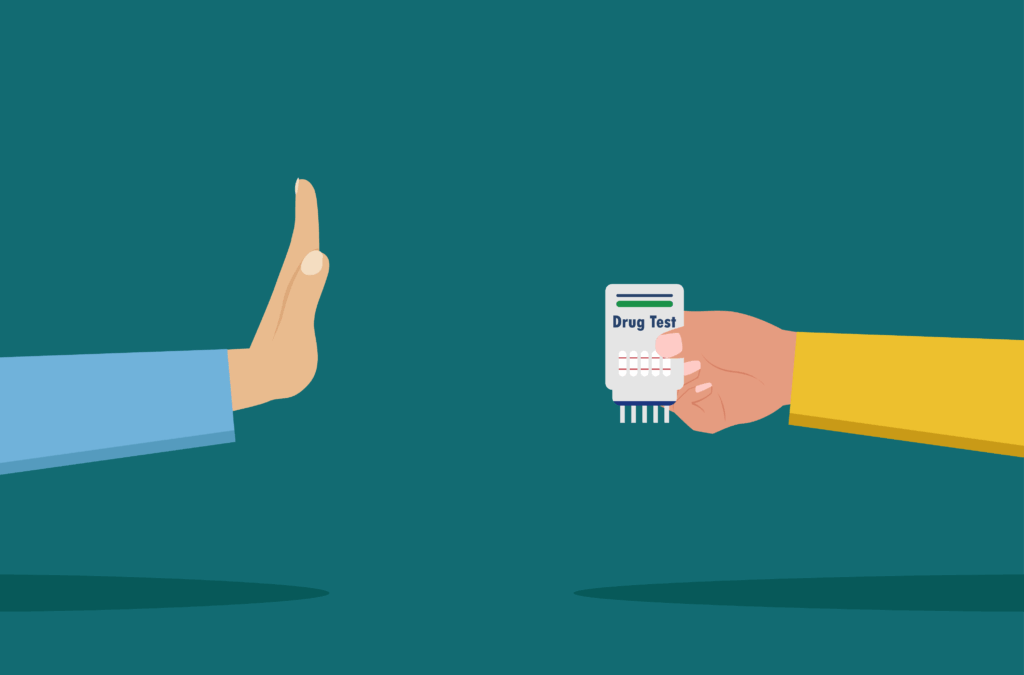
Empowering Consumers

Human API seeks to accelerate health innovation by putting people in charge of their data.
And the biggest gating factor is feeding that innovation with data. The inherent issue with access to healthcare data today is core to what’s holding back innovation. The fact that healthcare data is so difficult to get, much less actually make sense of and use, means that anyone who wants to push the envelope on innovation can’t get their hands on the data they need at any level of scale or consistency to deliver on their vision. To that end, we took a different approach than anything that has been tried in the market to date, to my knowledge.
We approach health data sharing as fundamentally a consumer-centric—or really human-centric—problem, hence the company name. The Human API model is to put the human at the center: allow that person to permit, to authenticate, to authorize his or her data from wherever it may exist to wherever that person wants it to go.
As an example, say you are applying for life insurance and you as the consumer are saying, “Look, I understand that as part of this process you guys need to collect medical records from me. So rather than making you do it by fax machine and wait eight weeks, I’ll just give you my patient portal credentials to do this in a few days.”
Similarly in healthcare, users can create value with data via transactions—you’re signing in to the doctor’s office, and you don’t want to fill in the form for the hundredth time and maybe miss something important. You’re applying for insurance, and you don’t want to have to pee in a cup and get another blood test and wait eight weeks.
You’re not going to engage with your data as a consumer because it’s fun. You’re going to engage with it because you have a specific job you’re trying to do. The first step in empowering consumers is to find transactions that they’re already going through and make them easier—tapping into the unmet needs.
Part of the problem is that before a consumer can even get that value—that diagnosis, that insight, that insurance product, participation in that clinical trial—before you can unlock that experience, you need to have portability and availability of your relevant data to share. And, in the best-case scenario, share seamlessly.
The way Human API fits into this equation is that we’re enabling employers and payers to better appreciate and understand their risk and how it impacts their costs. We’re helping them do that by enriching and actually providing a holistic view of those individuals’ health. And we can sleep well at night by knowing this serves to both help control these costs and improve individuals’ health.
The way that we’re solving this problem is very different from what’s been traditionally done. We’re saying, “Why don’t you just ask the consumer, the employee or the member to share it with you? You are giving them value—they should want to do it.” This is a narrative that is resonating with payers extensively now, because the future of their business depends on being member-centric. So that’s helping a lot.
Let’s zoom out again and think about how the goal of a broker is to connect people and to help the applicants get a product that matches their needs. And much like the payers, their financial incentive lines up with the consumer incentive—if the enrollment process is painful for the applicant, regardless of the product, brokers are going to lose business. And even for those that do go through the process, it’s longer and more costly for the broker.
Since health data is changing hands—lab data, pharmacy data, electronic health record data—we make that painless for the consumer and faster for the broker. But more than that, we provide this information directly to the underwriter to make a decision on this data. That’s where the real value is created: the outcome of the data changing hands quickly and easily.
All of these regulations push a similar agenda that I support 110%: protect consumer/patient data like it is your own and put that person in a position to own it. It’s the right way to do it. It’s why we don’t avoid the consumers but, rather, put them in charge of their own data portability.
While these regulations provide tailwinds to our approach, they are not enough on their own. But it’s certainly comforting to know that the spirit across all legislation and all political parties is supportive of the Human API business model of putting consumers at the center, allowing them to share their data, to access their data, on their terms.
On FHIR in general, it’s good that we’ve implemented superior authentication protocols. It’s good that we’ve implemented some more structured web standards, because that’s how more modern data sharing works. With respect to Apple, it’s fantastic to see the largest and most successful consumer company in the world just playing in this space. I don’t know if Apple is driving the adoption of FHIR so much as legitimizing the fact that patients should have access to their data. That is helping the industry as a whole move forward, given Apple’s clout.




